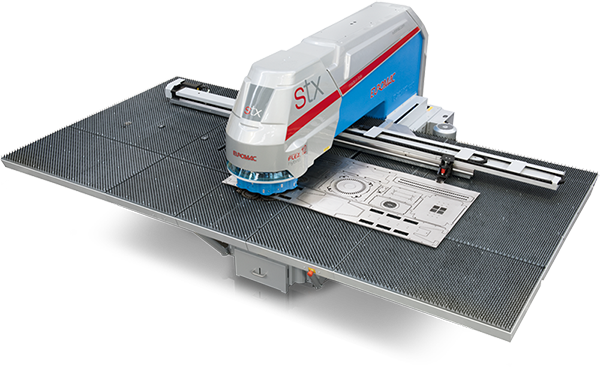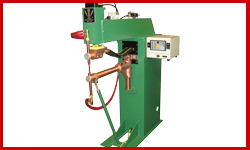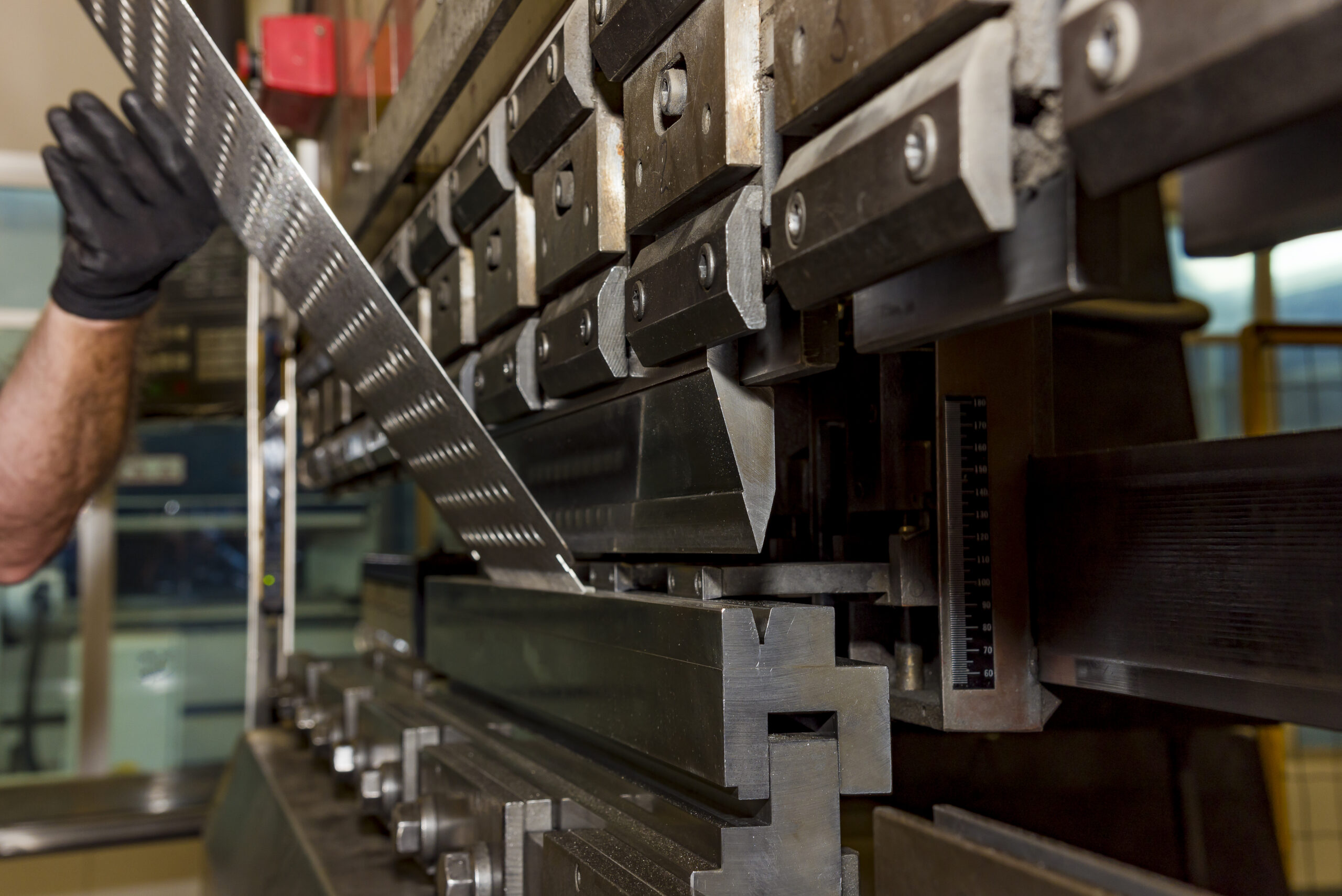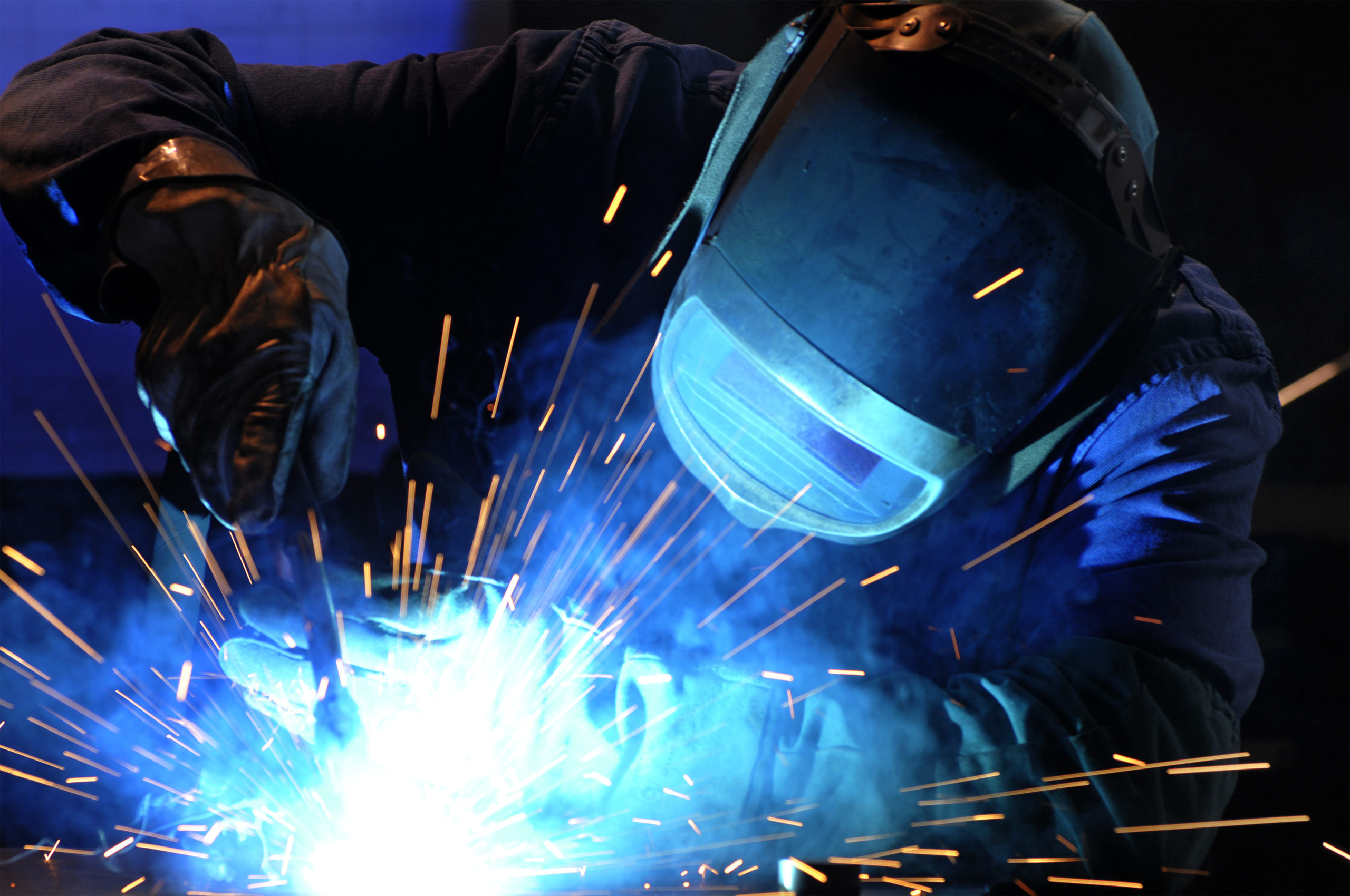 Cutting is one of the most essential functions of metal fabrication, allowing sheets of metal to be turned into all kinds of products. There are many types of metal cutting machinery, including plasma and laser cutters, each with its own pros and cons. It’s essential to choose the right cutting method to ensure efficiency, cost effectiveness, and precision.
Cutting is one of the most essential functions of metal fabrication, allowing sheets of metal to be turned into all kinds of products. There are many types of metal cutting machinery, including plasma and laser cutters, each with its own pros and cons. It’s essential to choose the right cutting method to ensure efficiency, cost effectiveness, and precision.
At Sanson Machinery, we want our customers to have the tools they need to make informed decisions about what equipment to invest in. That’s why we’re presenting this helpful guide, aiming to help you understand the key differences between plasma and laser cutters.
The Basics of Plasma and Laser Cutters
First, let’s go over the basics of both plasma and laser cutters, exploring how they work.
Plasma cutters use an electrical arc and compressed gas to ionize the air and create plasma. Plasma is an ionized gas, which means it contains a mixture of both positively charged ions and negatively charged electrons. These machines cut through conductive metals by melting and blowing away material
Laser cutters, on the other hand, use a high-powered laser beam — often a CO2 or fiber laser. Similar to plasma cutting, they create cuts by focusing intense heat on a small area to vaporize or melt the metal.
Plasma vs. Laser Cutters: Things to Consider
If you’re planning to invest in new metalworking machinery, it’s important to consider all factors that affect how it operates. From cut quality and speed to cost and safety, make sure you take into account all the differences between plasma and laser cutters.
Material Compatibility
Plasma cutters are best for carbon steel, stainless steel, and aluminum, typically handling thicker metals of 2 inches or more. If you mostly work with thin- to medium-thickness sheets of stainless steel, aluminum, brass, or copper, a laser cutter may be best for you, as they can cut thin materials with extreme precision.
Cut Quality and Precision
Laser cutters are generally more precise than plasma cutters, with narrower kerfs and minimal dross. They’re better for parts that require tight tolerances or detailed designs. Plasma cutters create cuts that are clean enough for structural applications, but may require post-processing like grinding or sanding.
Cutting Speed and Efficiency
If you’re working with thicker materials, plasma cutters are faster. They’re good for general fabrication and quick production runs. For thinner materials, laser cutters are ideal; however, they slow down significantly with thinker metals, impacting overall production efficiency.
Cost Considerations
Laser cutters — especially fiber lasers — typically come with higher upfront costs. They also require more electricity, and the maintenance is more expensive. Plasma cutters are a more affordable option, both when it comes to the initial investment and the power costs.
Maintenance and Safety
Plasma cutters are easier to maintain than laser cutters, which require regular calibration and are sensitive to dust and debris. However, they produce hot sparks, UV radiation, and fumes, requiring PPE and ventilation. With their enclosed systems, laser cutters are safer, but their high-intensity beams require trained operators to follow strict safety protocols.
 Which Cutting Machinery is Best?
Which Cutting Machinery is Best?
So, with all those differences in mind, which type of cutting machinery is best? The answer depends on the particular needs of your shop and the type of products you want to create.
Plasma cutters are generally best for structural steel shops, fieldwork, and heavy equipment fabrication applications. They’re more affordable, as well, making them better for fabricators on tight budgets. Laser cutters are ideal for applications that require extreme precision, such as electronics and fine decorative work. They can also handle a lighter gauge of sheet metal than plasma cutters.
Here’s an at-a-glance comparison of their features to help you with your decision:
- Cut quality
-
-
- Plasma: Good
- Laser: Excellent
-
- Speed
-
-
- Plasma: Faster on thick material
- Laser: Faster on thin material
-
- Cost
-
-
- Plasma: Lower upfront cost
- Laser: Higher upfront cost
-
- Maintenance
-
- Plasma: Easier
- Laser: More technical
Quality Cutting Equipment from Sanson Machinery
Whether you decide to go with a laser cutter or a plasma cutter, turn to Sanson Machinery for the most reliable equipment in the industry. We’re proud to offer a wide range of makes and models, ensuring you can get the quality metalworking solutions you need. If you’re still unsure which type of cutting machine is right for you, contact us today for personalized recommendations and expert guidance.




